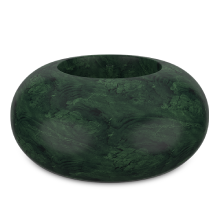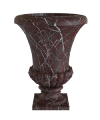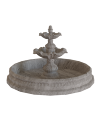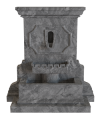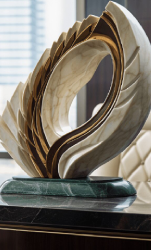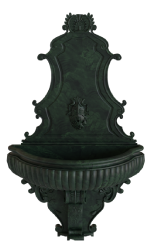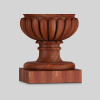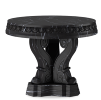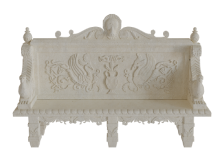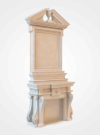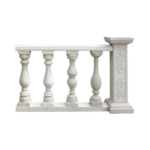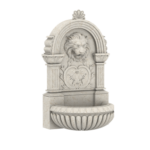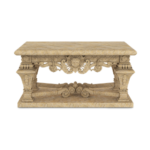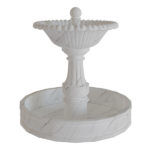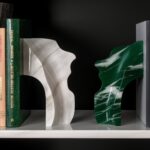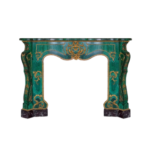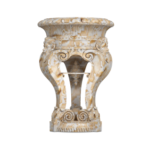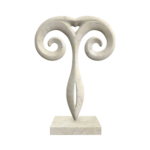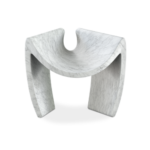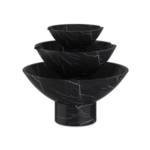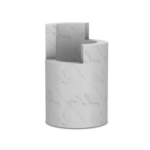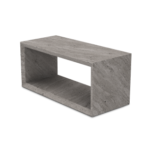July 12, 2021 Author: Admin
5 Marble Sculptors You Should Know About
It is hard to think of a material that purports high art more than marble.
Though marble has come to represent classy kitchen countertops and the tacky opulence of fountains and accent walls, Marble still remains a popular material for modern headstones for ancient temples and tombs, owing to its elegance and durability.
Marble sculptors of today say they enjoy the uniqueness of their medium. They admire its hardness, delicacy, art historical roots, color palette, and, most notably, its ability to resemble both flesh and rock, most often within the same work.
Below we talk about the work of five sculptors who aren’t afraid to explore the possibilities of Marble despite the weight of its history and are pushing the medium into new territory.
Matthew Simmonds
Born in 1963, Matthew Simmonds, a British artist, studied architectural stone carving and started his career as a stonemason.
However, he didn’t receive recognition for his exquisite work until 1999.
Matthew Simmonds carves intricate miniature models of architectural spaces, most stand less than 2 feet tall, into parts of unfinished stone and marble.

Simmonds’ artworks result from his fascination with historic stone buildings, particularly those with sacred or religious significance, and his interest in how architects used light and space to convey a spiritual message.
While these sculptures may appear to be replicas or inspired by existing historical architecture at first glance, many of Simmonds’ designs are entirely born out of his own invention.
Nevine Mahmoud
The questions that drive Nevine Mahmoud‘s practice can only be answered by the objects and shapes that emerge from it.
Juicy, spongy, soft, and damp are qualities that are not usually associated with marble sculpture. Still, Nevine Mahmoud’s work makes them seem innate.

Fruit (wet chord), a Marble fruit balanced on a plexiglass box, appears as real as its name implies, sweet and desirable.
Yes, that’s actually Marble!
These apparent differences and the trick of carving an ancient material into friendly, Pop art shapes are just a few of the things that motivate Mahmoud’s work.
Barry X Ball
Compared to traditional methods, Barry X Ball‘s approach to statue making has always been very technologically oriented. His works of art begin with digital data rather than charcoal sketches or clay models.
Unlike conventional forms of copying, where artists interpret their models, Ball uses a 3D scanner to read the forms of living portrait subjects and historical works. Then either improves or alters the faces and bodies of the subject in unusual and eerie ways.
He also believes that 3D scanning allows him to start with genuinely objective data and see the sculptures more deeply than their creators could.

For instance, if you take a look at his “Portrait Sculptures” series, his subjects’ faces appear to be stretched or partially melted, overlaid with strange textures or doubled, giving an illusion of two heads emerging from a single neck.
Milena Naef
This artist’s relationship with sculpting is a little different. For Milena, sculpting is more like a family business.
Yes, she is the fourth generation of stone sculptors, but her performance-based practice takes the material in a more personal approach.
What do you think about the interaction of flesh and stone? Isn’t it perplexing and surreal? But that is precisely what Milena’s art is based on.

She carves holes in marble slabs that fit her like a couture gown, allowing a part or parts of her body to emerge from the stone.
This allows her to create a merger of flesh and stone that recalls mythic stories of transformation, such as Han Solo frozen in carbonite or the mythological tale of Medusa.
Hanna Eshel
Hanna Eshel‘s early works were textured oil paintings on burlap; over time, these paintings became more three-dimensional, with images on both sides of assemblage elements.
Eshel discovered her passion and affinity for marble sculpture during a trip to Italy, and she began to create her most iconic stone sculptures.
Hanna Eshel’s abstract marble forms are reminiscent of simplicity and balance.

As in Sphère Tailèe (ca. 1970), a white marble sphere with a protruding slice appears to be split apart and then reassembled, as if to allude to the artist’s own overlapping identities and adventurous life.
With that, we conclude this blog, and we hope you were as enthralled as we were by these artists’ passion for marble sculpting.
If you’re looking to incorporate marble accent pieces in your home or sculptures for your lawn or garden, you should definitely look into our catalog at Marblising, to find the most unique marble pieces. Psst, we also offer customization.




